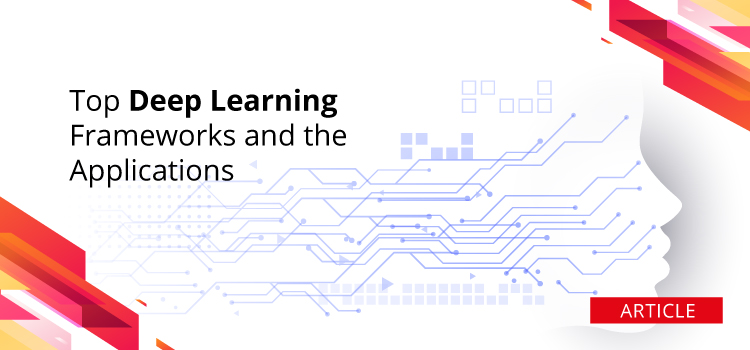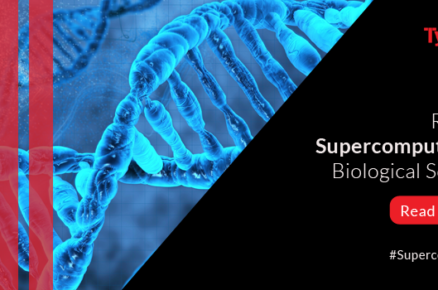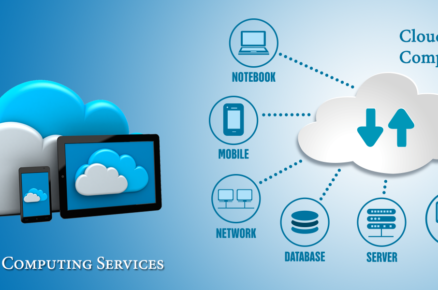Deep learning has emerged as the primary technique for analysis and resolution of many issues in computer science, natural sciences, linguistics, and engineering. We use deep learning for image classification and manipulation, speech recognition and synthesis, natural language translation, sound and music manipulation, self-driving cars, and many other activities.
Apache Singa
Apache Singa is a general distributed deep learning platform for training big deep learning models over large datasets. It is designed with an intuitive programming model based on the layer abstraction. A variety of popular deep learning models are supported, namely feed-forward models including convolutional neural networks (CNN), energy models like restricted Boltzmann machine (RBM), and recurrent neural networks (RNN). Many built-in layers are provided for users.
Amazon Machine Learning
Amazon Machine Learning is a service that makes it easy for developers of all skill levels to use machine learning technology. Amazon Machine Learning provides visualization tools and wizards that guide you through the process of creating machine learning (ML) models without having to learn complex ML algorithms and technology. It connects to data stored in Amazon S3, Redshift, or RDS, and can run binary classification, multiclass categorization, or regression on said data to create a model.
Azure ML Studio
Azure ML Studio allows Microsoft Azure users to create and train models, then turn them into APIs that can be consumed by other services. Users get up to 10GB of storage per account for model data, although you can also connect your own Azure storage to the service for larger models. A wide range of algorithms are available, courtesy of both Microsoft and third parties. You don’t even need an account to try out the service; you can log in anonymously and use Azure ML Studio for up to eight hours.
Caffe
Caffe is a deep learning framework made with expression, speed, and modularity in mind. It is developed by the Berkeley Vision and Learning Center (BVLC) and by community contributors. Yangqing Jia created the project during his PhD at UC Berkeley. Caffe is released under the BSD 2-Clause license. Models and optimization are defined by configuration without hard-coding & the user can switch between CPU and GPU. Speed makes Caffe perfect for research experiments and industry deployment. Caffe can process over 60M images per day with a single NVIDIA K40 GPU.
H2O
H2O makes it possible for anyone to easily apply math and predictive analytics to solve today’s most challenging business problems. It intelligently combines unique features not currently found in other machine learning platforms including Best of Breed Open Source Technology, Easy-to-use WebUI and Familiar Interfaces, Data Agnostic Support for all Common Database and File Types. With H2O, you can work with your existing languages and tools. Further, you can extend the platform seamlessly into your Hadoop environments.
Massive Online Analysis
Massive Online Analysis (MOA) is the most popular open-source framework for data stream mining, with a very active growing community. It includes a collection of machine learning algorithms (classification, regression, clustering, outlier detection, concept drift detection and recommender systems) and tools for evaluation. Related to the WEKA project, MOA is also written in Java, while scaling to more demanding problems.
TensorFlow
TensorFlow is an open-source software library for numerical computation using data flow graphs. TensorFlow implements what is called data flow graphs, where batches of data (“tensors”) can be processed by a series of algorithms described by a graph. The movements of the data through the system are called “flows” — hence, the name. Graphs can be assembled with C++ or Python and can be processed on CPUs or GPUs.
Torch
Torch is a scientific computing framework with wide support for machine learning algorithms that puts GPUs first. It is easy to use and efficient, thanks to an easy and fast scripting language, LuaJIT, and an underlying C/CUDA implementation. The goal of Torch is to have maximum flexibility and speed in building your scientific algorithms while making the process extremely simple. The torch comes with a large ecosystem of community-driven packages in machine learning, computer vision, signal processing, parallel processing, image, video, audio and networking among others, and builds on top of the Lua community.
Get in touch: info@tyronesystems.com












